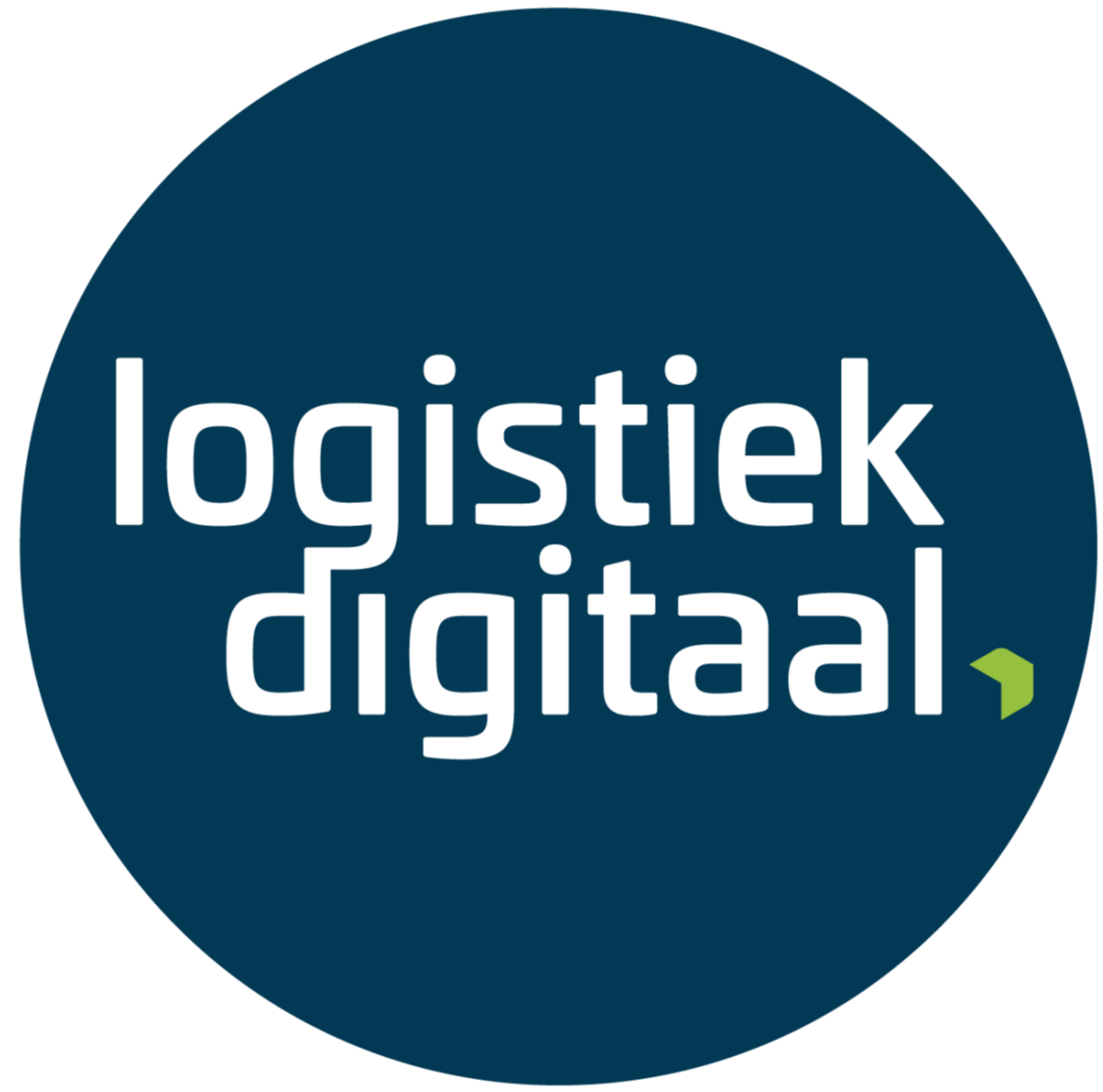Optimization
Learn about the basic concepts of data driven optimization and different methods, their advantages and application.
About the course
In logistics, every day, many decisions have to be made. Questions underlying these decisions may be of a strategic nature, e.g.: "How much stock space is needed in our new warehouse?" while some are more tactical or operational, such as: "What is the optimal stock level of item X?" or "What is the optimal route for truck Y?". Data driven optimization can provide support in making these types of decisions in a more rational manner. The field of “data-driven optimization" is concerned with finding solutions for optimization problems by using quantitative models. Quantitative models can support decision making as they can help finding (relatively) accurate answers for complex real-life problems. In addition, as computing power is ever increasing, more complex quantitative decision models can be solved. At the same time, with the adoption of technological innovations the availability of digital data increases. This means that we can use (build and solve) more complex quantitative models that better reflect real-life systems. This course takes you through basic concepts of data driven optimization. Furthermore, the chapter discusses different types of optimization methods, considering their advantages, disadvantages and application. Several examples are used, including an explanation of how to build the underlying models in Python.
Nienke Hofstra
Aicha Manuela-Martijn
Dennis Moeke
Sam Mosallaeipour
Eghe Osagie

This publication is part of the project ‘small projects 2022 route transport and logistics' with project number NWA.1418.22.023 which is financed by the Dutch Research Council (NWO).

